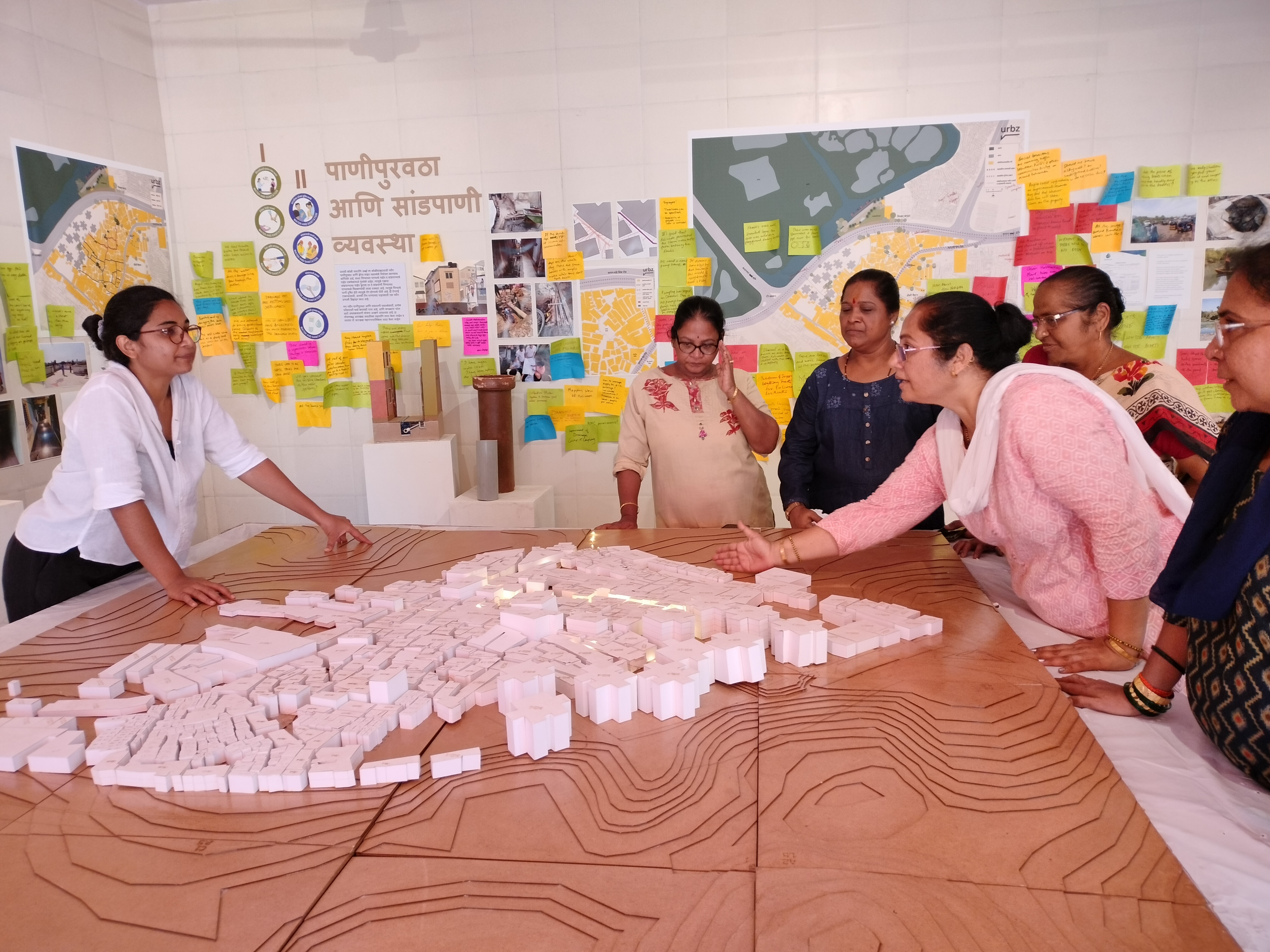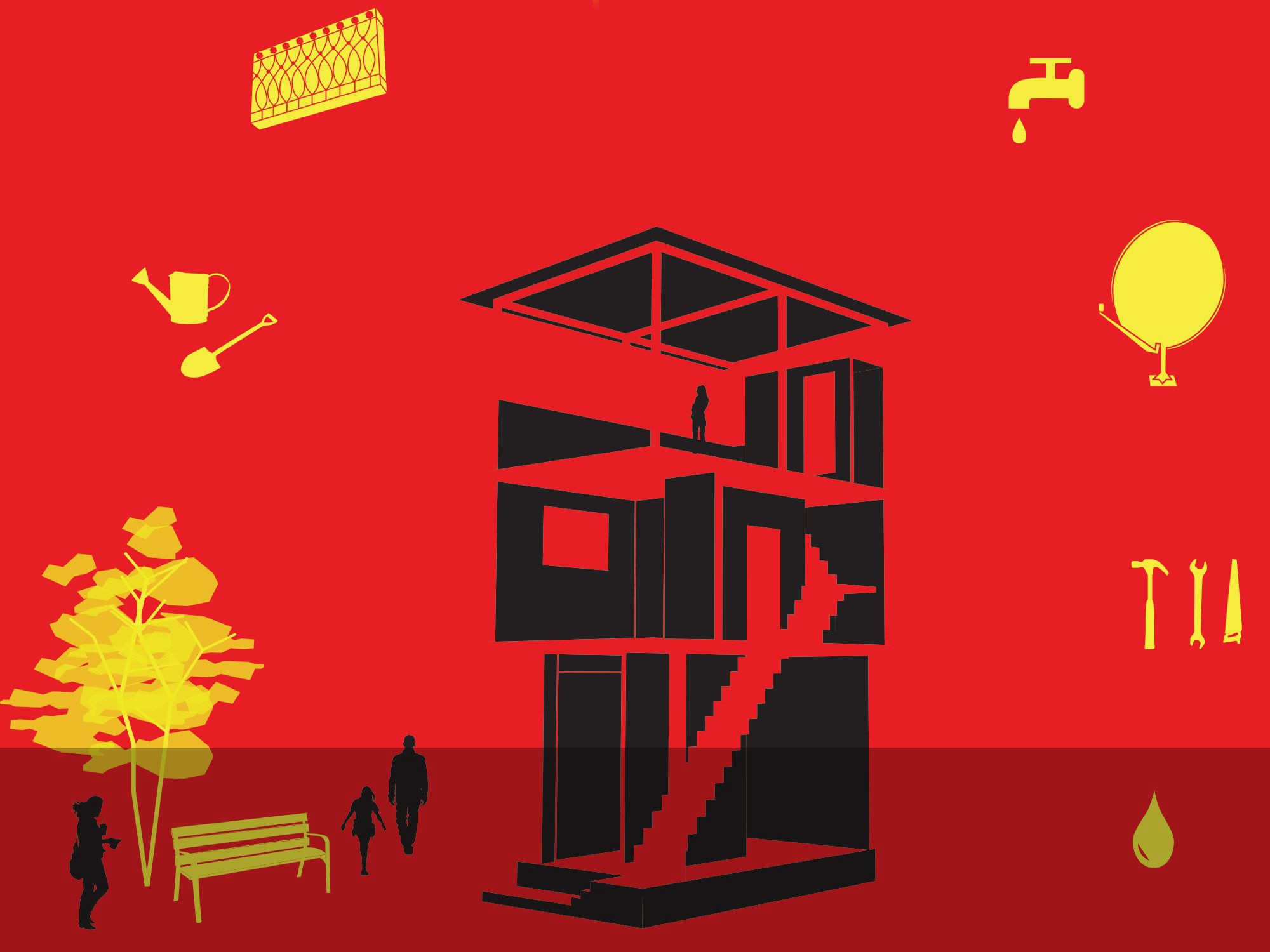Homegrown Street Films
Homegrown Street Films
Dharavi, known as the economic powerhouse of Mumbai, is one of the most dense neighborhoods of the city. Inside this neighborhood, one can see a plethora of artisanal industries and workshops glazing and decorating a piece of pottery, assembling furniture, painting a statue, stitching jeans on sewing machines, and weaving an intricate piece of cloth. The first film introduces the artisans and contractors working in Dharavi, Mumbai.
For these artisans, their workshop is also often their home. Their workshop occupies the ground floor of the housing unit, and the upper half of the unit is where they live. This coexistence of live and work results in a typology we refer to as the “toolhouse”. Similar structures exist in different parts of the world, in the name of the ‘shophouse’ in Singapore or the ‘home factory’ in Japan. In Dharavi, these homes are constructed by local contractors who, despite lacking formal education, use their understanding of the neighborhood context, space optimization needs, and years of on-site experience to build homes. Such efforts result in ‘homegrown settlements’ like Dharavi, where people combine their skills and resources to create homes and streets for themselves and their community. However, the craftsmen and the artisans inhabiting such homes face many challenges because they use materials such as leather, clay, and waste products that are sometimes considered unclean or impure. Such associations often extend into the habitat logic, marginalizing artisanal communities and the places they call home.
The second part of the film introduces the Homegrown Street Project that sees the undervalued artisanal communities as a resource and acknowledges their skills and craftsmanship. Additionally, it recognises and supports the live-work typology they developed for their neighborhoods. The project aims to give local contractors and artisans a platform in the discourse around architecture and design. In the first phase, we identified 20 houses on Sangam Gully, a homegrown street. We met the present owners and renters, learned about their experiences, and discussed their plans.
We shared the briefs from these conversations with contractors from different parts of the city who work in similar dense fabric. Before designing the house, the contractors considered all the needs, concerns and aspirations of the existing home. The contractors covered several parameters in discussions of these home designs, including the socio-spatial arrangements, building style and methods, material usage, and other aspects. The contractors discussed these designs with the artisans specializing in leather, glass, steel, wood and clay, who would convert these ideas into handcrafted multimedia models of tool houses.










